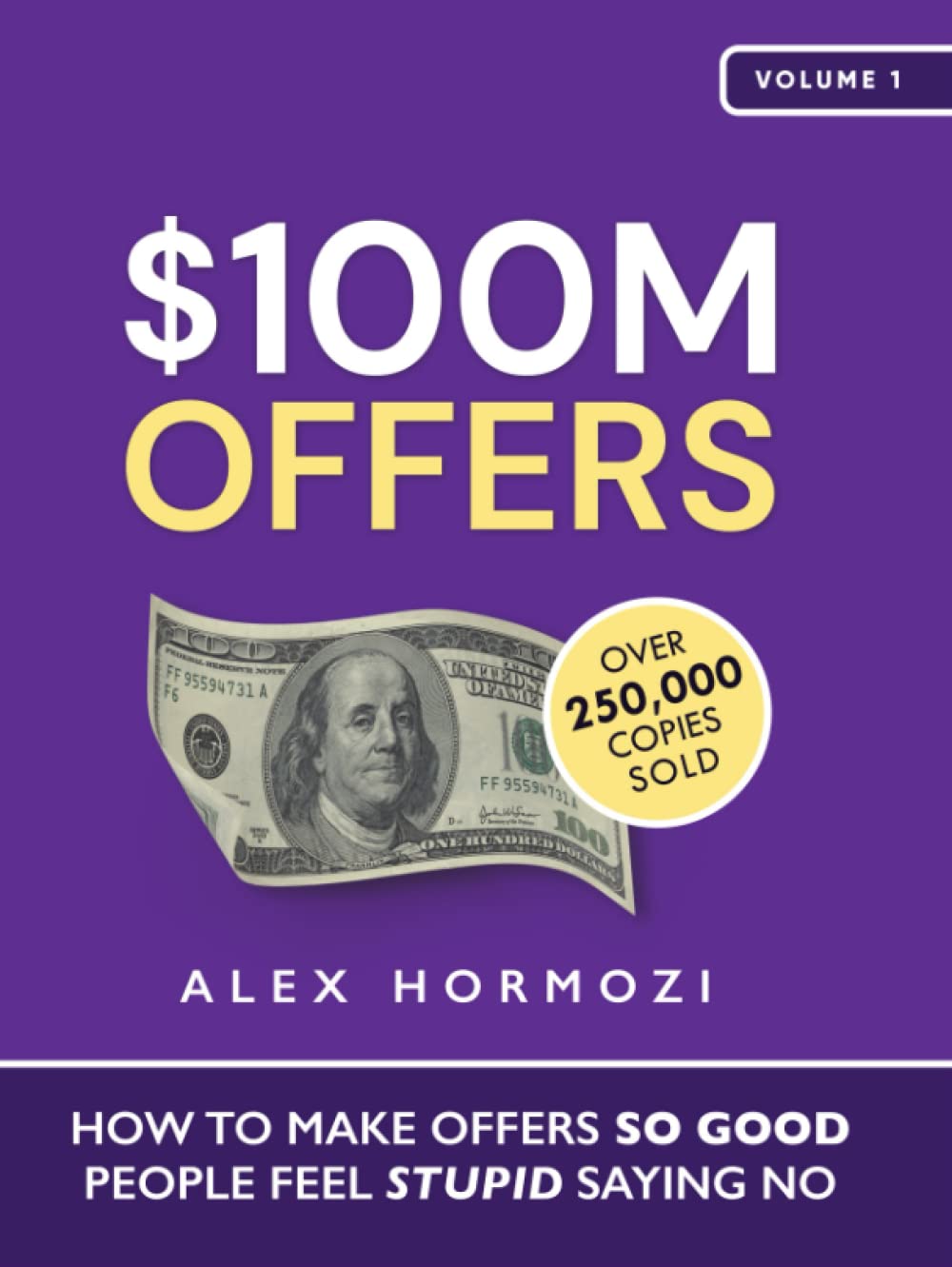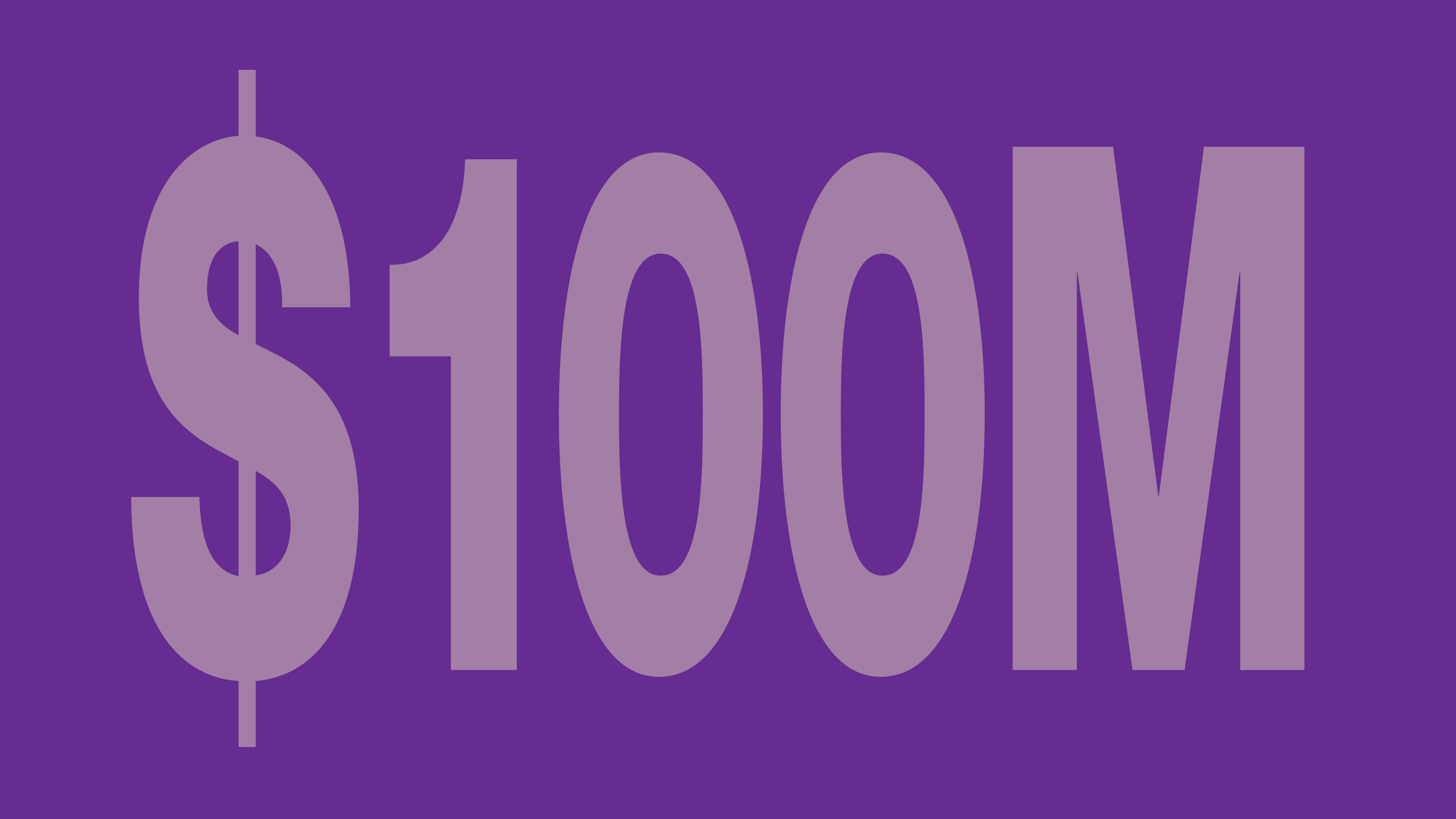
$100M OFFERS: A SUMMARY
Introduction:
This is a summary of the book $100M Offers, by Alex Hormozi. In this book, he reveals the secrets of creating irresistible offers that lead to enormous profits. He emphasizes the significance of offers as the starting point for customer transactions and shares strategies involving pricing, value, guarantees, and naming to transform advertising dollars into substantial profits. He believes that hitting just one Grand Slam Offer can pave the way for early retirement.
SECTION I: HOW WE GOT HERE
In this section, Alex Hormozi shares his personal journey from debt to success and introduces the concept of the Grand Slam Offer.
Chapter 1
How We Got Here
The author recounts his story from a financial crisis on Christmas Eve to a remarkable breakthrough in early January. He acknowledges the life-changing impact of mastering the art of making offers and aims to guide readers on a similar path to success.
Chapter 2
Grand Slam Offers
The concept of the Grand Slam Offer references Travis Jones’ philosophy of making offers so good that people would feel foolish saying no. He emphasizes the importance of crafting offers that cover the goods and services provided, payment methods, and agreement terms. There are different levels of offers, ranging from no offer to a Grand Slam Offer, which can determine the success and profitability of a business.
“For free course and books so good they grow your business without your consent, go to: Acquisition.com.”
SECTION II: PRICING
This section delves into the art of charging premium prices for products and services.
Chapter 3
The Commodity Problem
There is a challenge of commoditization, and it has a negative effect on a business. A business must grow continuously by acquiring more customers, increasing the average purchase value, and encouraging repeat purchases. Key terms such as gross profit and lifetime value have significance in pricing strategies.
GRKKT: Here the author provides some great charts that compare the mechanics of the Grand Slam Offer to a typical Commoditized Offer. To understand the details however, you will need to buy the book. Link to buy the book is at the end of the article.
For a deeper dive on how to solve this problem, with a bonus tutorial on Hormozi’s website, go here.
Chapter 4
Finding The Right Market — A Starving Crowd
You must focus on selecting the right market for applying pricing strategies. Entrepreneurs must identify markets with massive pain, purchasing power, easy targeting, and growth potential. Start with core markets related to health, wealth, and relationships and then narrowing down to profitable subgroups. You must have persistence and resilience in the pursuit of a great market.
Chapter 5
Pricing: Charge What It’s Worth
Charge premium prices that reflect the value customers receive. Emphasize the importance of perceiving value higher than the price and avoiding price reductions as a strategy to bridge the price-value gap. Create high-commitment services that require significant investment from clients, increasing the chances of achieving desired outcomes.
Create compelling offers that customers find difficult to refuse.
SECTION III: VALUE – CREATE YOUR OFFER
Chapter 6
The Value Equation
Here is the value equation, which helps entrepreneurs determine the value of their offers. Charge the highest possible amount for products and services without exceeding their worth. The value equation quantifies four variables: dream outcome, perceived likelihood of achievement, perceived time delay, and perceived effort, which collectively determine the perceived value.

GRKKT: It’s hard to do this chapter justice as a summary, because it is filled with pro tips, real world examples and charts. Link to buy the book is at the end of the article.
Chapter 7
Free Goodwill
Provide value without expecting anything in return. Leave reviews to help reach more people and emphasizes the positive impact of helping others.
GRKKT: Here again the author provides some great charts that help simplify the concepts. Link to buy the book is at the end of the article.
Chapter 8
The Thought Process
Use divergent thinking in developing irresistible offers. Learn the difference between convergent and divergent problem-solving and explore different possibilities and combinations of elements to create valuable offers.
Chapter 9
Creating Your Grand Slam Offer Part I: Problems & Solutions
Here is the process of creating the solutions for your Grand Slam Offer.
Step 1: Dream Outcome
The first step is to identify the dream outcome your customers will experience when they reach their destination. This sets the foundation for your offer.
Step 2: List Obstacles
Next, you need to list all the obstacles that prevent your customers from achieving their desired outcome or hinder their progress. Each problem has four negative elements that align with the four value drivers. It’s essential to consider these obstacles comprehensively.
Step 3: Obstacles as Solutions
Once you have identified the problems, the next step is to transform them into solutions. Determine what is needed to solve each problem and give each solution a name. This transforms your problems into actionable solutions that address your customers’ needs.
For a deeper dive on how to solve this problem, with a bonus tutorial on Hormozi’s website, go here.
Chapter 10
Creating Your Grand Slam Offer Part II: Trim & Stack
You need to trim and stack your solutions, which involves finding the right balance between ease of sales and ease of fulfillment along the sales to fulfillment continuum.
The goal is to strike a sweet spot where you effectively sell your offering while ensuring it is easy to fulfill. Follow the mantra of “Create flow. Monetize flow. Then add friction.” This approach involves generating demand to validate the quality of your offering, converting prospects into customers, and then introducing certain marketing frictions or reducing the offer without decreasing the price.
For first-time Grand Slam Offers, it is crucial to over-deliver significantly to generate cash flow. This cash flow can then be invested in creating efficient systems and optimizing processes. The goal is to maintain the same value for clients while reducing the resources required to fulfill the offer.
Step 4: Delivery Vehicles
Consider all potential solutions to address each identified problem in exchange for compensation. Numerous tactics can be employed to optimize product delivery and enhance product variations. Here are the “cheat codes” to doing this:
1-1, Sm Gr, 1-Many
Level of personal attention?
- One-on-one
- Small group
- One to many
DIY, DWY, DFY
What level of effort?
- Do it Yourself (DIY)
- Done with You (DWY)
- Done for You (DFY)
Support
What setting or medium for delivery?
- In-person support
- Phone support
- Email support
- Text support
- Zoom support
- Chat support
Consumption
How do I want them to consume it?
- Audio
- Video
- Written
Speed & Convenience
How quickly should we reply? On what days? During what hours?
- All-day (24/7)
- Workday (9-5)
- Time frame (within 5 minutes)
- 1 hour
- 1 day
10x & 1/10th Test
- What would I provide if my customers paid me 10x my price?
- What if they paid only 1/10th of the price?
- These answers help you stretch your mind.
Step #5a Trim Possibilities
Evaluate the extensive range of options available and identify the ones that offer the greatest benefits to the customer while minimizing costs for the business. Eliminate items that have high costs and low value, as well as those with low costs and low value. The remaining items should fall into two categories: (1) low-cost, high-value, and (2) high-cost, high-value.
Step #5b Stack the Most Value
Merge the high-value items together to form a superior deliverable that maximizes value. This exceptional offering, known as the Grand Slam Offer, is distinctive, sets itself apart, and cannot be compared to anything else in the market.
SECTION IV: ENHANCING YOUR OFFER
How to make your offer irresistible to potential customers.
Chapter 11
Scarcity, Urgency, Bonuses, Guarantees, and Naming
This delves into leveraging human psychology and behaviors to enhance your offer. As Naval Ravikant pointed out, desire often stems from wanting what we can’t easily obtain, what others desire, or what only a select few have access to. This understanding underscores the role of marketing in shaping the supply and demand curve.
To elevate your core offer, you can employ the following strategies:
- Utilize persuasive communication to increase demand and desire.
- Deliberately limit or delay the fulfillment of desires by selling fewer units.
It’s important to strike a delicate balance between supply and demand, engaging in a “Delicate Dance of Desire.” While having no supply or desire would repel people and generate no revenue, satisfying all demands would devalue your offering and hinder profitability.
Up until now, the book has focused on the internal aspects of the offer. For insights into marketing, the author recommends checking out Allan Dib’s book “The 1-Page Marketing Plan.” Subsequent chapters will explore external factors that shape the product’s perception in the minds of prospects, including scarcity, urgency, bonuses, guarantees, and naming.
GRKKT: Here again the author provides some great charts, formulas and real-world examples that help simplify the concepts and make it easier to understand how to apply them. A link to buy the book is at the end of the article.
Chapter 12
Creating Scarcity
Scarcity can be employed to raise prices, indirectly boosting demand through the perception of exclusivity. Scarcity triggers the fear of missing out or the desire to acquire limited products or services. The fear of loss often outweighs the desire for gain, making scarcity a powerful motivator. Here are some types of scarcity you can use to influence prospects:
- Limited Supply of Seats/Slots
- Limited Supply of Bonuses
- Never Available Again
For physical goods, create limited releases with unique flavors, colors, designs, sizes, etc. It’s crucial to consistently sell out during each release to effectively generate scarcity. Publicize the fact that you’ve sold out to establish social proof and increase perceived value.
In the case of services, limit the number of clients to manage capacity or establish a cadence. This can be achieved through various approaches:
- Total Business Cap: Only accepting a specific number of clients for a particular level of service on an ongoing basis.
- Growth Rate Cap: Only accepting a limited number of clients within a defined time period.
- Cohort Cap: Only accepting a certain number of clients per class or cohort.
Honesty is a transparent and ethical scarcity strategy. By informing people how close you are to reaching the cap or selling out, you create social proof and reinforce the sense of scarcity.
Chapter 13
Creating Urgency
Focus on utilizing urgency to increase demand by reducing the action threshold for prospects. While scarcity is related to quantity, urgency revolves around time. These two psychological triggers can be effectively combined. The chapter suggests four methods for implementing urgency:
- Rolling Cohorts: Accepting clients within a limited buying window per time period.
- Rolling Seasonal Urgency: Offering limited-time availability during a specific season with a deadline to purchase.
- Promotional or Pricing Urgency: Highlighting the potential to miss out on an offer, promotion, or specific pricing structure.
- Exploding Opportunity: Occasionally presenting prospects with time-limited arbitrage opportunities.
Chapter 14
Bonuses
Bonuses have the power to drive demand and create a perception of exclusivity. The key insight is that breaking down a single offer into its component parts and presenting them as stacked bonuses can significantly increase their perceived value.
Bonuses are supplementary additions to the core offer that amplify the prospect’s perception of the price-to-value ratio. Rather than cutting the price, these bonuses deliver additional value. Anchored to the core offer, bonuses play a vital role in the selling process, particularly in one-on-one interactions. It is advisable to first ask for the sale, and then introduce the bonuses, thereby magnifying the discrepancy between the price and the irresistible value of the offer.
When offering bonuses, keep in mind the following key points:
- Always include a bonus in your offer.
- Give each bonus a unique name that highlights its benefit.
- Clearly explain how the bonus directly relates to the prospect’s specific issue, what it entails, how it was discovered or created, and how it explicitly improves their lives or provides value.
- Substantiate the value of each bonus using compelling statistics, relevant case studies, or personal anecdotes.
- Paint a vibrant mental picture of the prospect’s future life and the benefits they will experience by utilizing the bonus.
- Assign a price to each bonus and provide a justified rationale for its value.
- Offer tools and checklists as bonuses, as they are often more valuable than additional training.
- Ensure that each bonus addresses a specific concern or obstacle in the prospect’s mind.
- Position bonuses to solve future problems even before the prospect encounters them.
- Each bonus should further expand the price-to-value discrepancy of the entire offer.
- Enhance the value of bonuses by infusing them with elements of scarcity and urgency.
Additionally, you can explore partnerships with other businesses to incorporate their high-value goods and services into your bonus offerings. In return, these businesses gain exposure to your clients without charge or provide you with additional revenue through affiliate marketing.
Chapter 15
Guarantees
The most common objection in sales is the fear of a product or service not delivering the desired results. Use guarantees to increase demand by reversing the risk for prospects.
A guarantee is defined as a formal assurance or promise that certain conditions will be fulfilled regarding a product, service, or transaction. To make your guarantee more powerful, you need to clearly communicate what actions you will take if the promised result is not achieved within a specific time frame. There are four types of guarantees:
Unconditional Guarantees
This is the strongest type of guarantee, allowing customers to pay and try the product or service with the option to receive a refund if they are not satisfied. It includes options such as a “no questions asked” refund or a satisfaction-based refund triggered by customer dissatisfaction.
Conditional Guarantees
These guarantees come with specific terms and conditions. They may require customers to take certain actions to achieve the desired outcome. Examples include the outsized refund, where customers receive additional money back for completing qualifying work, or service guarantees where work is provided free of charge until the desired result is achieved.
Anti-Guarantees
This is a non-guarantee that explicitly states “all sales are final,” but it is accompanied by a creative reason for doing so.
Implied Guarantees
These guarantees are performance-based and rely on trust and transparency. They include options such as paying a fixed amount per sale, show, or milestone, revenue-sharing based on a percentage of top-line revenue or revenue growth, profit-sharing based on a percentage of profit or gross profit, and various bonus or trigger-based payment structures.
You should sell service-based guarantees or set up performance partnerships. Additionally, you can customize guarantees based on your prospects’ fears, pain points, and obstacles. Combining multiple guarantees can demonstrate your commitment to your customers’ desired outcomes. However, it’s worth noting that clients who specifically choose a product or service based on guarantees tend to be less ideal customers.
Chapter 16
Naming
This chapter explores the issue of “offer fatigue” over time, which is even more prevalent in local markets. Use names to re-stimulate demand and expand awareness of your offer among your target audience.
To attract the right customers, you need to appropriately name your offer. Here is the MAGIC formula, which consists of five parts:
Make a Magnetic Reason Why
Start with a word or phrase that provides a strong reason for running the promotion or presentation.
Announce Your Avatar
Clearly communicate who your ideal client is and who you are not looking for.
Give Them a Goal
Explain the desired outcome or dream result your prospect can achieve by engaging with your offer.
Indicate a Time Interval
Specify the expected period within which your clients can achieve their desired results.
Complete with a Container Word
Wrap up the offer by describing it as a bundle of various components put together, using a container word.
It’s important to note that you don’t have to use all five components when naming your product or service. Using three to five components will suffice to differentiate yourself from the competition. Additionally, when market offers start to fatigue, you can create variations by changing creative elements or images in your ads, modifying the body copy, adjusting the headline or “wrapper” of your offer, altering the duration of the offer, changing the enhancer or the free/discounted component, and adjusting the monetization structure, series of offers, and associated price points.
SECTION V: EXECUTION
This section dives into the practical aspects of making your business goals a reality. With a burst of inspiration and personal experience, Hormozi shares his journey of ups and downs, ultimately achieving his first $100K milestone in March of 2017. This breakthrough marked the beginning of a new chapter in his life as a businessperson and entrepreneur. It serves as a reminder to never give up and to keep forging ahead towards your own aspirations. Let his success story be a beacon of motivation as you embark on your own path to success. Stay determined, persevere, and continue moving forward, as the next chapter of your entrepreneurial journey awaits.
Conclusion
I’ve outlined the basics, but you will need to read the book to understand the actionable details. The author provides real world application examples and the book is filled with charts and formulas that make everything easier to follow.
Understandably, Alex Hormozi has developed a near cult like following and his YouTube channel is outstanding. I can’t recommend the book highly enough.

$100M Offers: How To Make Offers So Good People Feel Stupid Saying No Paperback – July 19, 2021
Author Bio
Benjamin Arritt

Share:
Follow Us:
Most Popular


10+ PERSONAL CRM OPTIONS REVIEWED

10 OUTSOURCED BDR SALES AGENCIES COMPARED

FRACTIONAL MARKETING: EFFICIENT BUSINESS GROWTH
Subscribe To Our Newsletter
No spam. Curated directories & articles about business, startups and templates.
MENU
Related Posts

How to Build a High-Performing Marketing Stack for CMO Success
Dive into our blog post to learn how chief marketing officers can transform from brand champions to revenue drivers and customer whisperers through a strategic

10+ PERSONAL CRM OPTIONS REVIEWED
Yes, there are “solutions,” but nothing is perfect. Here is the path of what I evaluated, what I liked, what I didn’t and why. I

10 OUTSOURCED BDR SALES AGENCIES COMPARED
I interviewed several of the top performers according to Clutch, but this was not my exclusive source. Here’s why: some smaller companies, without as much

FRACTIONAL MARKETING: EFFICIENT BUSINESS GROWTH
Fractional marketing involves hiring fractional marketers, or part-time marketing professionals. This way businesses can leverage specialized expertise while reducing the costs associated with a full-time
